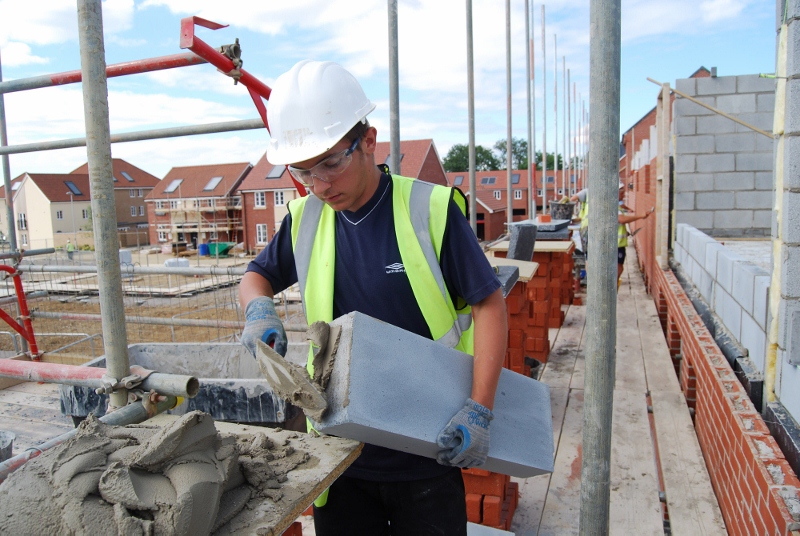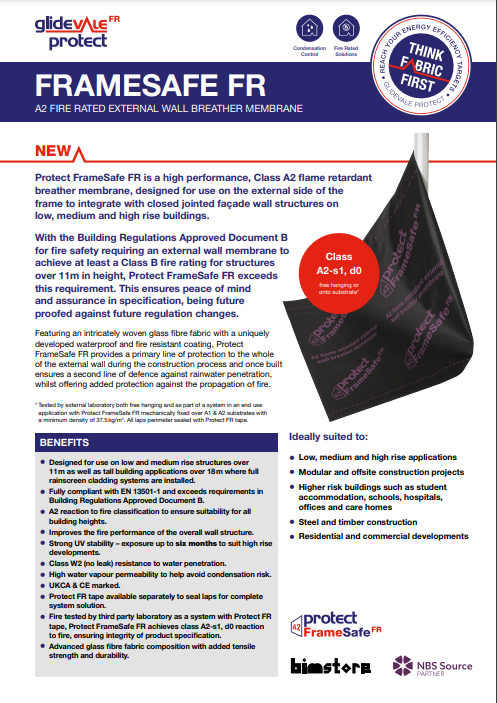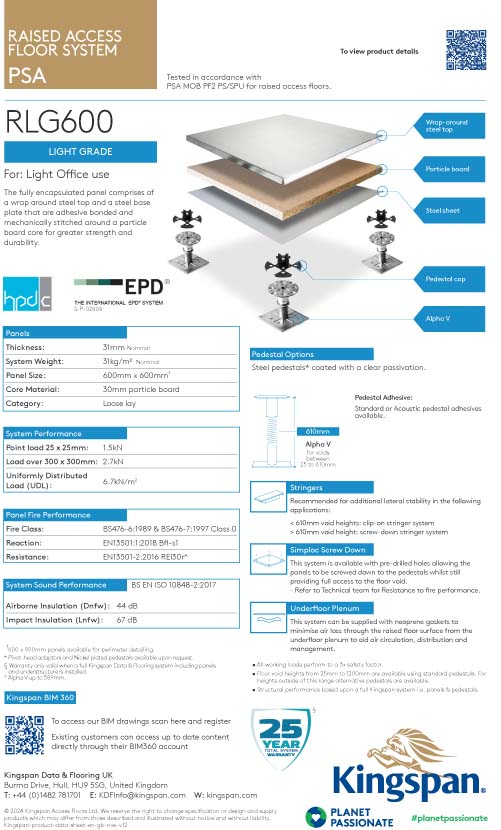Average UK house prices could be rise by as much as £8,000 in 2017 to around £220,000 with the outlook for 2025 reaching over £300,000 according to PwC’s latest UK Economic Outlook.
This property price boost comes despite a slowdown in the market with house price inflation falling from 7% in 2016 to 3.7%.
According to PwC’s economic experts, housing transactions, which tend to be more volatile than prices, are where the uncertainty caused by Brexit has manifested itself most strongly. Year-on-year the number of transactions have been negative for twelve consecutive months.
The London property market has been most severely impacted by economic and policy uncertainty and the recent changes to stamp duty. Price inflation in London in the first four months of 2017 was around 4% compared with around 13% for the same period in 2016. PwC projects the capital’s housing market will continue to slow, with only 2.8% and 3.8% growth on average in 2017 and 2018 respectively.

Elsewhere in the UK, the East and Southern regions of England will continue to grow above the UK average, but Northern Ireland and the North East will continue to lag behind. While the average house price across the UK has grown by 17% since mid-2007, over a quarter of all local authorities are still below the 2007 peak.
Richard Snook, senior economist at PwC, said: “There is a huge disparity in how sub-regional housing markets have performed since the recession. The local authorities that have experienced the greatest falls in house prices since 2007 are all based in Northern Ireland, while London dominates biggest risers with all boroughs experiencing price growth of over 50%.”
PwC’s analysis has also found London’s housing market has seen a structural shift recently, as house price growth has moved outward from the capital. Growing unaffordability within London, coupled with policy reform, has seen house prices in prime central boroughs slow while prices in the outer boroughs and the commuter belt have risen. Over the last two years, house prices in the outer boroughs have risen nine percentage points faster than inner boroughs, while growth in the fastest growing cities within the commuter belt (including Basildon, Luton and Slough) exceeded those in London by 4 percentage points in 2016.
As well as affordability, accessibility to housing is also an issue. With as many as 275,000 new build homes needed each year to keep up with population growth and address long term undersupply1 in England alone, it’s clear that more needs done to support the housing sector. While strong leadership from government is welcome at a strategic level, local authorities are also in a unique position to shape developments, build collaborative partnerships, leverage land assets and access low cost sources of finance to help unlock the delivery of new homes and support market diversification. Greater investment in innovation and technology is also vital.
Rob Walker, PwC’s engineering and construction leader, commented: “Stakeholders need to be innovative, flexible and far-sighted with greater collaboration between the public and private sector key. This includes exploring the potential for reclassifying land, in particular brown belt zones, and even multi-purposing existing sites, for example, building on top of retail outlets or even Ministry of Defence or NHS offices and outlets.
“Innovation and technology are other crucial components. Off-site factories are being built to develop new design formats such as flat pack and modular housing models – a move that could help address crises in cities such as London. Compared to conventional builds, completion times can be reduced by up to 50%, securing a quicker return on investment and the ability to deliver more housing, with waste and environmental impacts also being lowered.
“While incentives such as access to innovation and growth funding as well as the Accelerated Construction programme and Home Builders’ Fund could provide a much needed boost to these new models, the big question for potential buyers is whether banks will lend money against a modular home at rates people can actually afford?”
According to the latest projections, UK GDP growth will slow from 1.8% in 2016, to around 1.5% in 2017 and 1.4% in 2018. This is due to slower consumer spending growth and the drag on business investment due to ongoing political and economic uncertainty relating to the outcome of the Brexit negotiations.
While UK economic growth held up better than expected in the six months following the Brexit vote, growth slowed in the first half of 2017 as inflation rose sharply, squeezing household spending power.
PwC expects consumer spending growth to continue to moderate in 2017-18 as inflation eats into real spending power and wage growth remains subdued despite record employment rates. So far, consumers have offset this in part through higher borrowing, but there are limits to how much further this can go as household savings ratios have already fallen to very low levels. The weak pound should also have some offsetting benefits for net exports as will a stronger global economy.
John Hawksworth, chief economist at PwC, commented: “Brexit-related uncertainty may hold back business investment, but this should be partly offset by planned rises in public investment. Fiscal policy could also be further relaxed in the 2017 Autumn Budget to offset the ongoing real squeeze on household spending power.
“There are still downside risks relating to Brexit, but there are also upside possibilities if negotiations go smoothly and the recent Eurozone economic recovery continues. We expect the UK to suffer a moderate slowdown, not a recession, but businesses should be monitoring this and making contingency plans.”



















